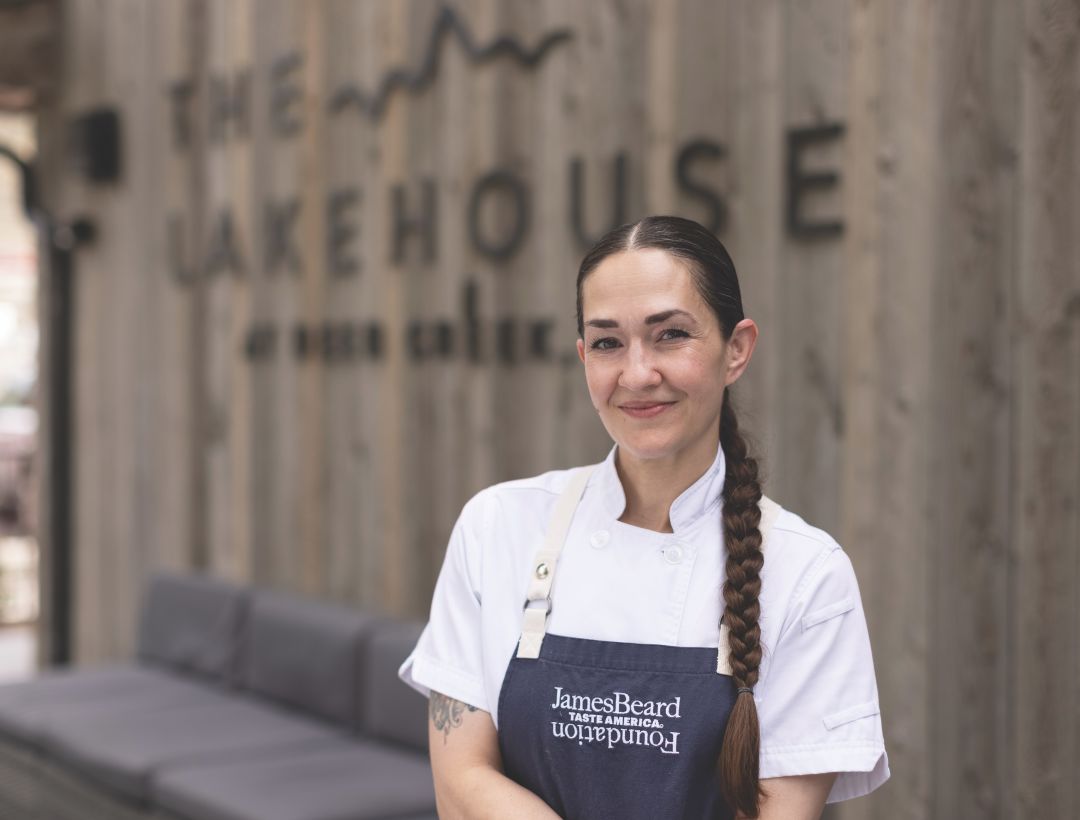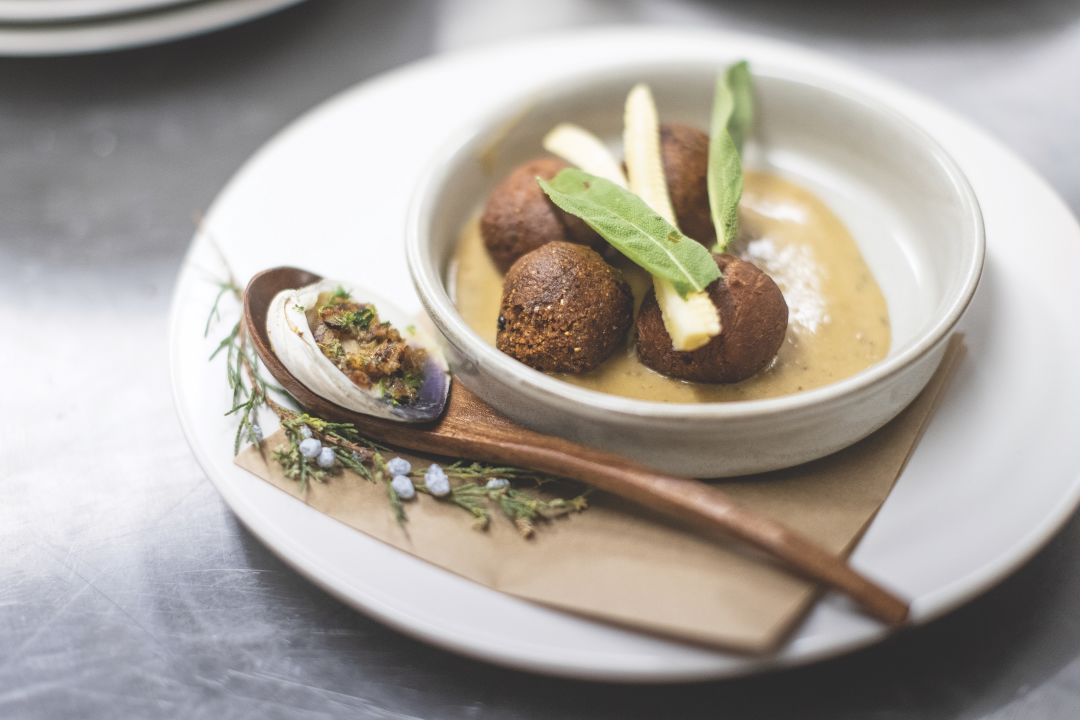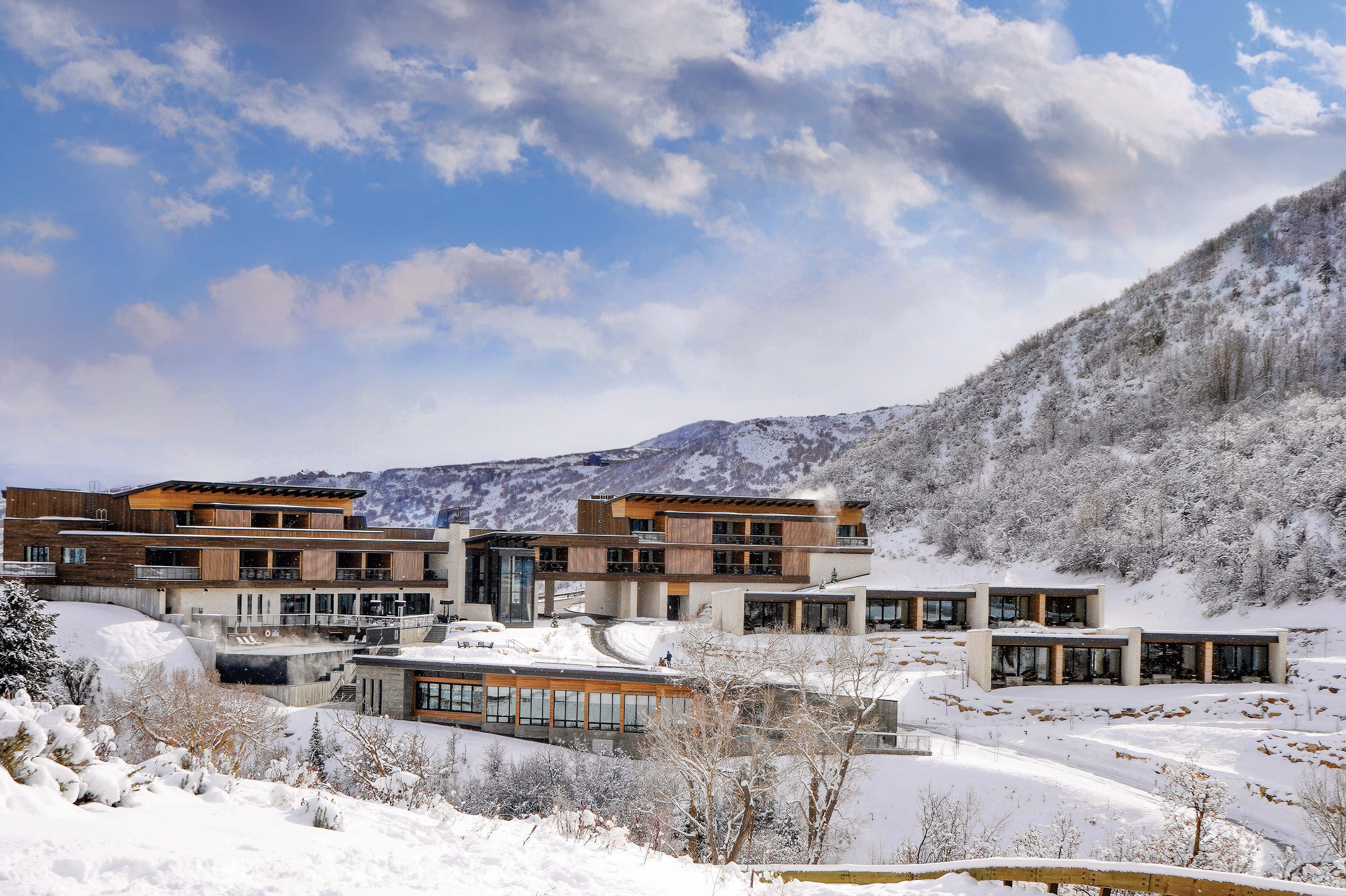Chef Tamara Stanger Feels There's No Place Like Home

Chef Tamara Stanger returned to her native Utah last year to help open The Lakehouse at Deer Creek.
Image: Dan Campbell
Chef Tamara Stanger is no stranger to the Beehive State. Raised in a ghost town in central Utah, she grew up foraging and using what was abundant on the land—a life skill that would later put her on the map as one of the most visionary chefs in the country.
Stanger landed at The Lakehouse at Deer Creek in Heber City (435-210-7474, thelakehousedeercreek.com) after the acclaimed Cotton & Copper in Tempe, Arizona—which she co-owned—shut down due to the pandemic. “It was something that I just needed to do,” she says about coming back to Utah to help open the Lakehouse, despite doing so in unpredictable times. Stanger didn’t want it to be just another restaurant, but rather a showcase for ingedients prevalent in our own backyard. “The terroir of the area has so much to do with the food we should be eating,” she adds. “I want to tell the story of everything that has happened in Utah.”
Stanger sums up The Lakehouse at Deer Creek’s food in three words: Utah heritage cuisine. (Calling it American fare would, she feels, be a disservice to Utah’s food culture.) Her focus is on reviving food that indigenous peoples and early pioneers ate. “People in Utah were all fish eaters at one point,” she notes; fish came from the Great Basin area, and people trekked to the lake to eat. “There was so much that this valley produced back in the day,” she adds. “Let’s rediscover the foods that started this place.”
Stanger works in tandem with local farmers and purveyors, and her menu is heavily dependent on what’s in season. “A lot of farmers are dealing with water rights, [and] produce is dependent on what they’re able to grow,” she says. The Lakehouse works closely with Mad Snacks Produce in Oakley and Rustling Aspen Farm in Midway, even to the point of having specialty items grown specifically for her dishes. Expect to see indigenous varieties of foods grown in Utah on her menu, such as heirloom squash and corn.

“Instead of comfort foods from other places, let’s focus on things found here,” Chef Stanger says.
Image: Dan Campbell
By reintroducing the lay of the land, Stanger hopes to show diners that they can’t always get what they want, when they want it—a habit that can engender a lack of appreciation for food that’s abundant from a specific area. “Instead of comfort foods from other places, let’s focus on things found here,” she says. That includes iconic local dishes like funeral potatoes, which are crowd-pleasing and heartwarming. “I love funeral potatoes,” she explains, “and they’re about as Utah as it gets.”
For winter, heartier foods will appear at the Lakehouse. “People take more time to eat when it’s cold outside,” she says. As a former pastry chef, Stanger considers savory pies one of her specialties, and they’ll be featured on the menu along with shared, family-style plates. “Pie is the oldest food there is,” she notes. “It’s one of the top heritage foods that gets us through the winter months.”
Stanger invites you to sit down and enjoy a warming pot pie over conversation. After all, this is where the dialogue between food and culture really begins—at the table.






































